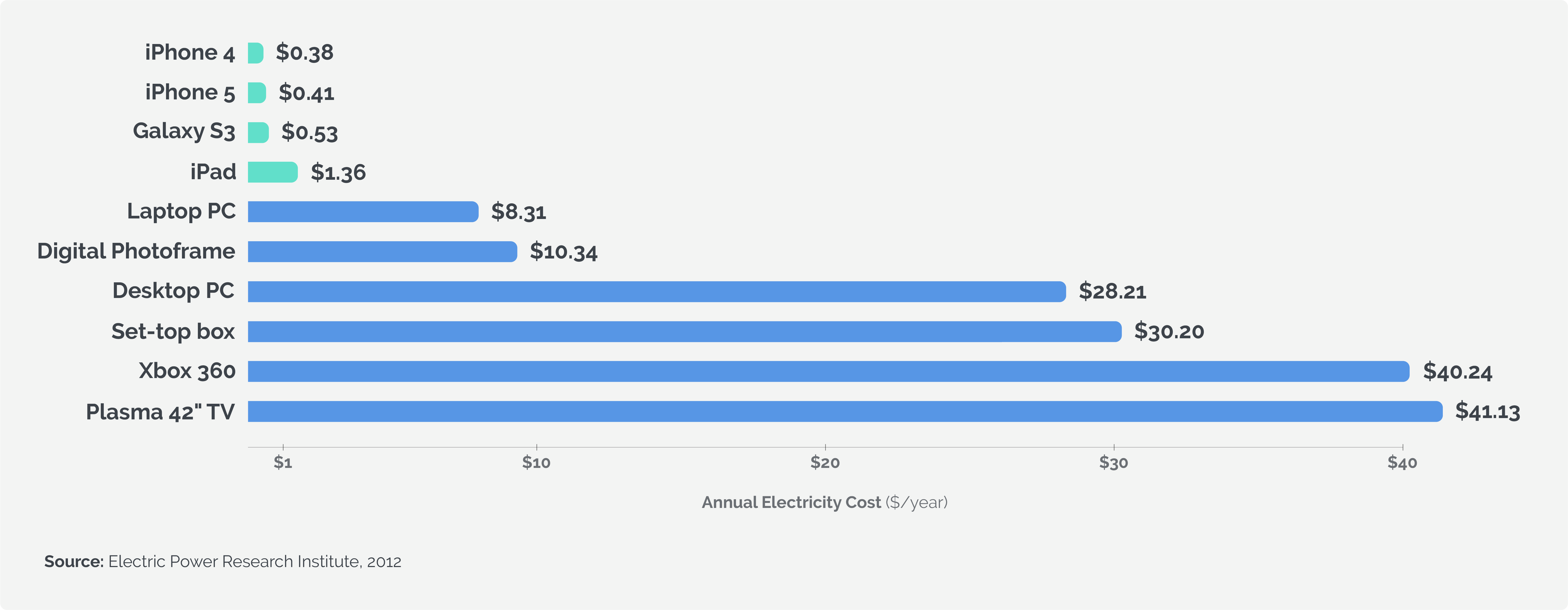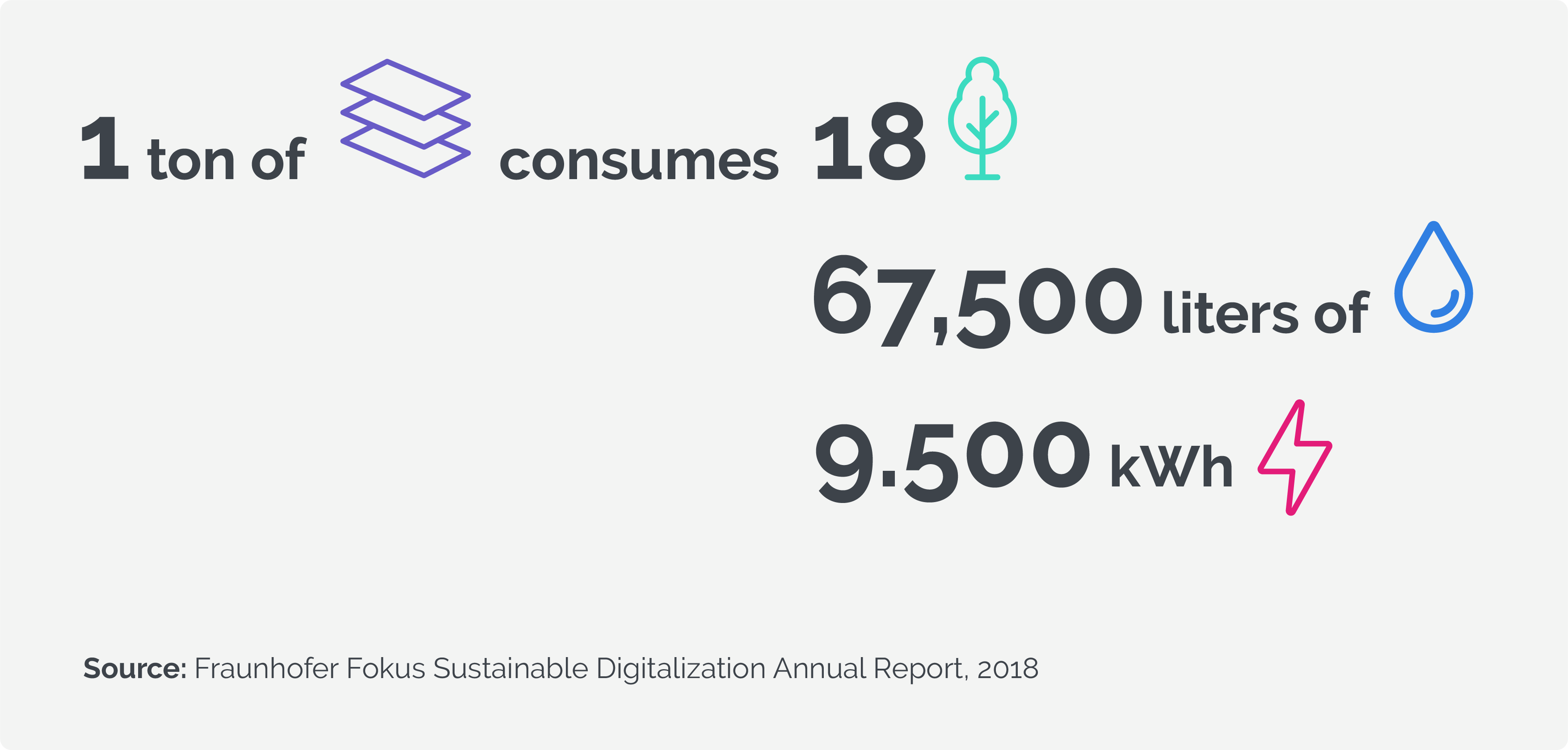7 Tips to Contribute to Sustainable Digitalization
7 Tips to Contribute to Sustainable Digitalization
Sustainable digitalization helps us to make the world habitable for future generations while protecting the environment in the age of digital transformation. With the integration of digital technologies into our lives more and more during the pandemic, the technology perception of the society has started to change significantly. When it comes to sustainability, although digital technologies present their own problems such as water, air, heat, noise pollution and digital waste that arise during production and use, they make a tremendous contribution to sustainable development when used correctly. In fact, switching to digital is seen as one of the best ways to reduce waste in many areas. In order to make digital transformation sustainable, it is necessary to consider the ecological and social aspects of this business as well as the financial aspects.

The digitalization of agricultural and industrial processes provides higher productivity and efficiency as well as water savings. In addition, digitalization in the healthcare industry also paves the way for personalized medical care while reducing neonatal deaths. Besides all these developments, air-noise pollution in cities, resource inequality and urban heat effects are at the forefront of major global threats. Developed as a solution to these problems and making data accessible, digital collaboration helps create common data with solutions based on big data analytics to support urban planning and optimization.
According to ADEME, 47% of digital greenhouse gas emissions generated come from consumer equipment such as mobile phones, tablets and computers. This means we can respond to almost 50% of digital pollution with our simple actions. As an example of this, A BBC study reported that 3.7% of the increased CO2 emissions during the year at the beginning of 2020 were from the internet usage.

Percentage of users agreeing to pay more for environmentally friendly products
Despite social development activities in our increasingly digitalized life order, we can make great contributions to the sustainability of digitalization with the conscious and simple measures we will take.
1. Correct Device Selection and Recycling
When it comes to select a digital device, it is very important to prefer environmentally friendly ones and to compare the performance of the models. When devices are out of life, deliberate recycling and choosing second-hand products is one of the best ways to reduce your digital footprint.

According to the UN, it takes 240 grams of fossil fuels, 22 kilograms of chemical products and 1.5 tonnes of water to manufacture a computer. Recycling of e-waste can reduce the harmful ecological impact of products by 80%. Moreover, not leaving the devices on for a long time and turning them off instead of putting them in standby mode prevents waste of electricity and increases products’ lives.

The biggest environmental impact of smartphones occurs during production.
2. Shifting Online Times to Mobile
Actions that used to consume more energy, such as TVs and game consoles in previous years, can now be done thanks to smartphones and tablets, which greatly reduce energy consumption. According to a report by Opower, the annual electricity cost of a laptop is $ 20 cheaper than it takes to run a desktop PC.

Besides, the environmental benefits of nudging people to consume content and perform online tasks on mobile seem noteworthy. Of course, the contribution of users to energy efficiency in this case is that smartphones and tablets are removed from the charge unless they are used. By doing this, users are contributing to digital sustainability by saving 65 to 130 kWh, 8 to 16 Euros and 650 to 1300 liters of water per year.

Annual electricity consumption of digital devices
3. Storing Data Efficiently
Every data stored in the world requires electricity. The more data is sent around, the more power is used by the data centers. Although data centers aim to reduce their impact with renewable energy, they alone cannot make a difference. Solution to this problem is to gain usage habits that will reduce the amount of data without restricting our online time.

In addition, storing files in a cloud system raises the problem of energy-consuming data centers in need of constant cooling. Internet users make a major contribution to making digital infrastructure more efficient and sustainable when they store a significant portion of the files they are working on on an external hard drive or a memory stick.
Recently, Apple Maps has received some reactions from users regarding performance, but it contributes significantly to energy savings. According to data, Apple Maps seems almost five times more efficient than Google’s service. According to the Onavo report, on Google Maps, the average data loaded from the cellular network for each step was 1.3 MB, while in Apple Maps it was 271 KB. This means about 80% less data.
4. Conscious Searching and Monitoring Inbox
Searching on a web page produces 7g of CO2, while browsing the web for a year has a similar effect to the CO2 emissions emitted by a car traveling 1,400 kilometers. Accessing a site by typing the URL directly instead of typing searches on Google, or adding to favorites, can reduce greenhouse gas emissions by 4 times.

When using a search engine, user requests travel back and forth between the user and data centers before reaching the sought information. E-mail storage and sending results in large amounts of energy consumption. Internet users make a great contribution to digital sustainability when they make a habit of classifying their inbox by deleting all unnecessary e-mails that they will not read again. Furthermore, it becomes important to delete deleted information from the trash. Also, sending an attached 1MB sized email is equivalent to using a 25W bulb for an hour. Therefore, using file transfer services such as WeTransfer, which provides large file transfers and periodic storage, or sending files as zip brings significant environmental benefits.

A user’s monthly searches consume about as much energy as a 60-watt bulb uses in three hours. Around 3.8 million searches were made every minute worldwide in 2018.
5. Participating in Smart Connected Mobility
Intelligent connectivity of various modes of transport such as car sharing, public transport, electric and rental bicycles can make a huge contribution to sustainability. Digital and connected (electric) mobility and a well-developed public transport system can further contribute to digital sustainability.

Cities designed with a focus on smart mobility can make great contributions to energy efficiency. Braking and restarting, especially in vehicles, consume enormous amounts of energy and cause air pollution. Fraunhofer FOKUS TEAM has developed a project that enables networked traffic lights to transmit sequence timings directly to the vehicle. However, the automated vehicle speed is adjusted autonomously, while the driver is instructed to maintain a certain optimum speed.
6. Using Energy Efficiently with E-books
Printed books cause about four times more greenhouse gas emissions than e-books. In addition, it causes a large spread of harmful chemicals. According to the study, users in Germany save around 14,000 tons of paper by purchasing 16 million audiobooks and 30 million e-books each year. In addition, the number of e-books read per month and the production materials of e-books also become important for choosing between print and e-books in terms of energy savings.

However, the energy required to reduce all printed materials to a single Kindle is lower than the energy used to produce the required paper sheet. According to Green Lifestyle, using a Kindle saves an average of 168 kg of greenhouse gas emissions per year per user. However, to be able to reach a certain number of e-books per month, production materials of e-books and many such factors become very important in order to make a comparison in terms of energy efficiency between print publications and e-books.

On average, each ton of paper produces 3,300 kg of emissions, consumes 18 trees, 67,500 liters of water and 9,500 kWh of energy.
7. Reducing Streaming in Media
Digitization has drastically changed the way media is used in recent years. While users in the 1950s gathered around a single device to watch or listen to things, they can now stream media with at least 3 devices in a single household. Although the TV is still used at a very high level with its smart versions, smartphones, tablets and laptops are also highly preferred for media consumption.

A significantly higher internet connection is required for uninterrupted streaming. Also, videos that are auto-played while browsing social media lead to an increasing media consumption and thus energy consumption. The higher the resolution of the video streams, the more energy required for data transmission. Therefore, changing autoplay preferences, watching content in low resolution and DVD etc. and turning to pre-recorded content greatly increases the ecological footprint.
As the digitalization process continues, it is of great importance to turn to its contributions to sustainability and social welfare. In addition to the use of technology to reduce the ecological footprint in public services; individuals can create serious and significant reductions in their carbon footprint by consciously approaching their own digital habits. While trying to keep up with the pace of technology, improving our environmental awareness and adopting new sustainable digital habits will pave the way for us to leave a livable planet to future generations.
Here are some simple and effective actions you can take in a few minutes.
Reading Time: 6 minutes
Don’t miss out the latestCommencis Thoughts and News.




